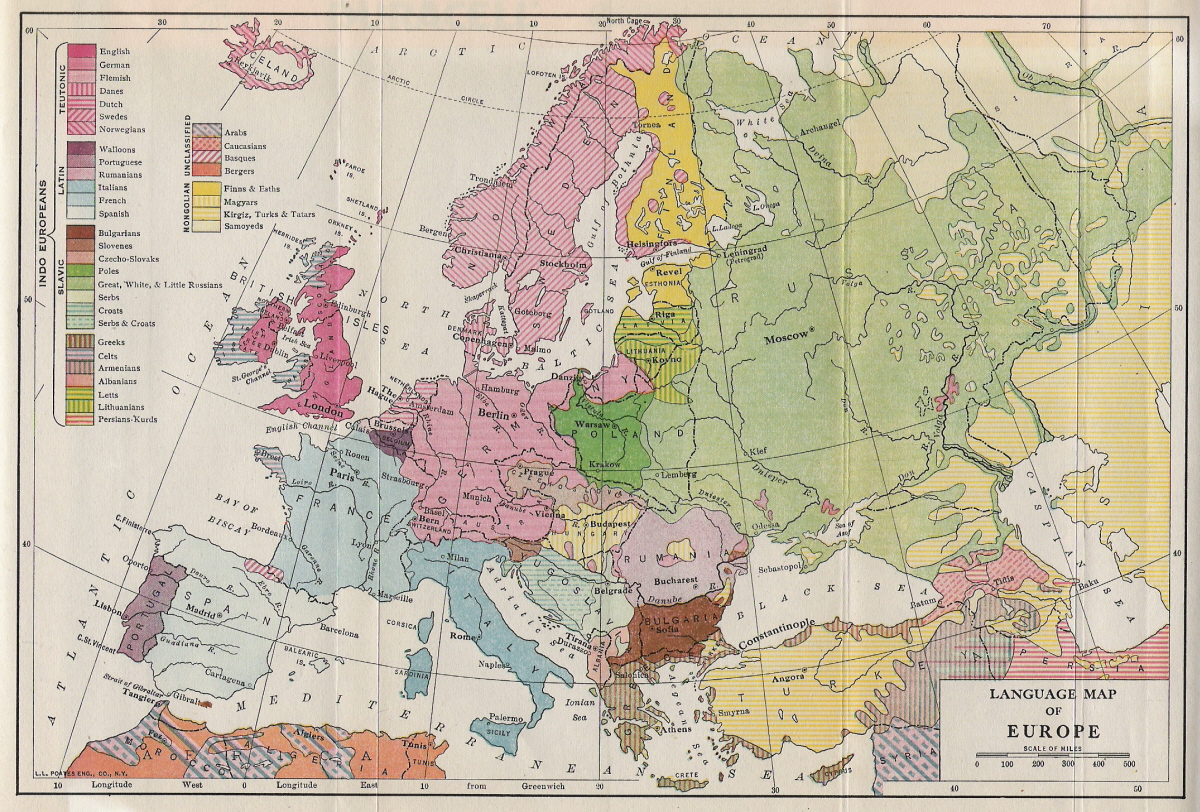An improvement over all. A couple things to mention though:
a) I'm not sure the Northern Ontario francophone population is shown enough.
b) I can't find anything about high francophone rates in Hamilton. I found something about it being a service centre, but so was Toronto which seems to show it's just for large population centres.
a. I knew I was forgetting some Frenchies somewhere....
b. Alright, couldn't find my original source there either, removed.
c) Algonquian is probably the biggest language group by numbers for Native Canadians, but it's not all. Na-Dene is a fairly significant family (and might be in the same group as Yeniseian languages).
From what I can tell, the Algonquian Languages are spoken in the Southern Portions of the band that is being called Algonquian here, while the Na-Dene Languages are spoken in the Northern Portions of that area. I think they should be split on the map.
Yeah, that was a mistake. Na-Dene has been added now.
